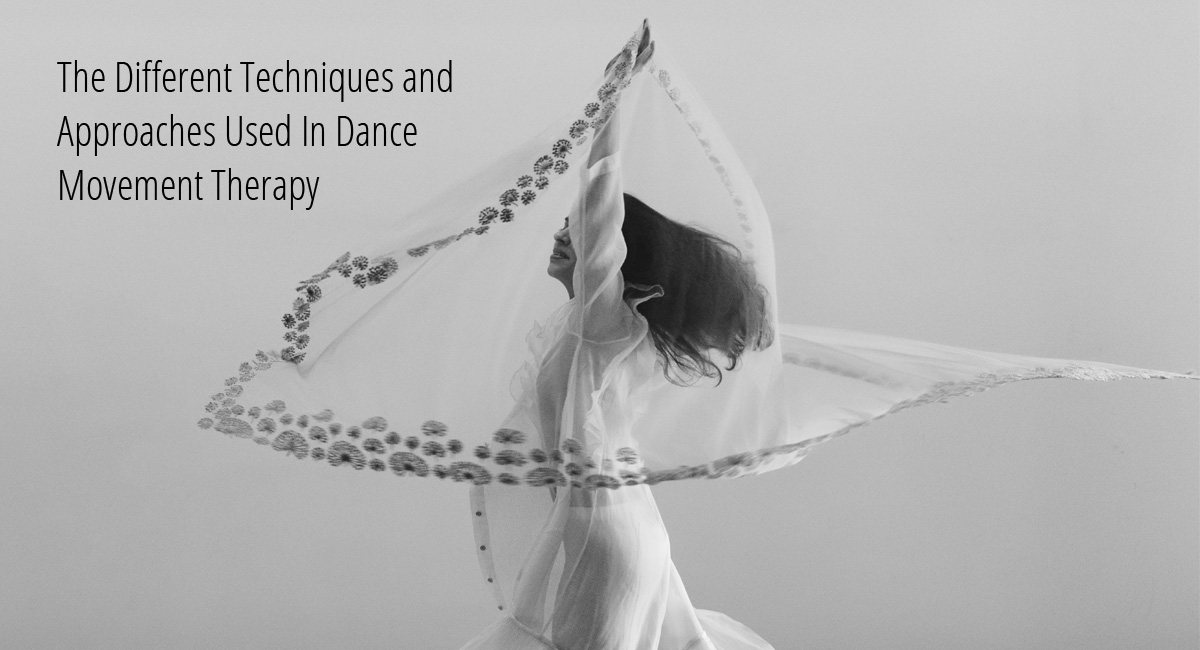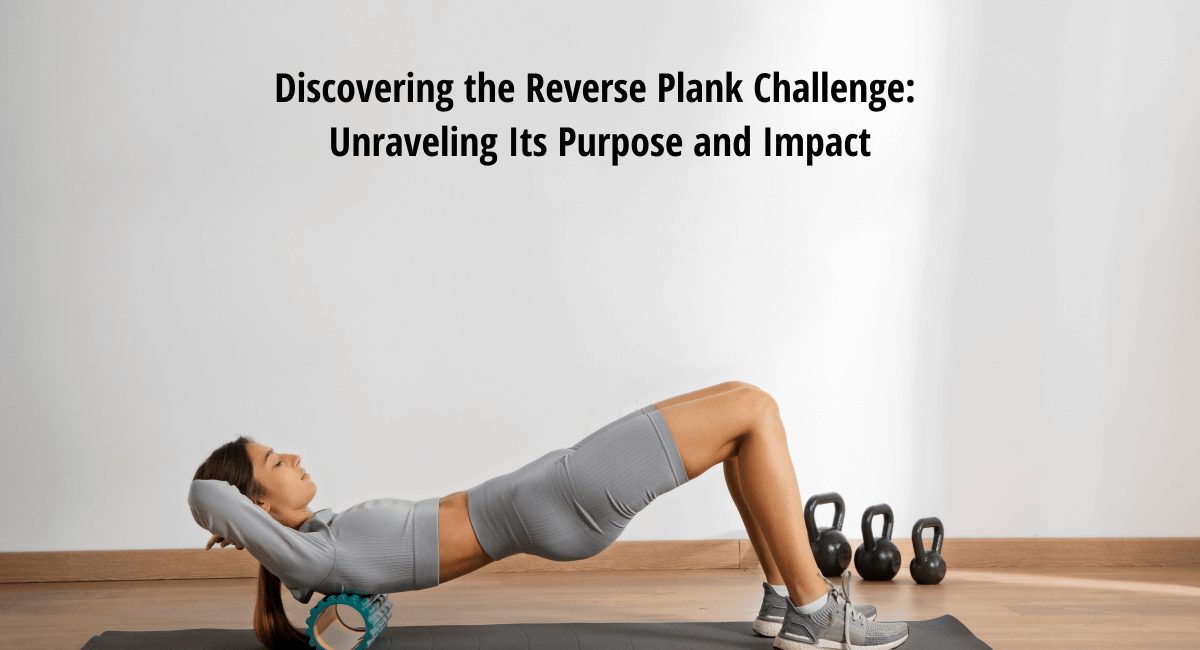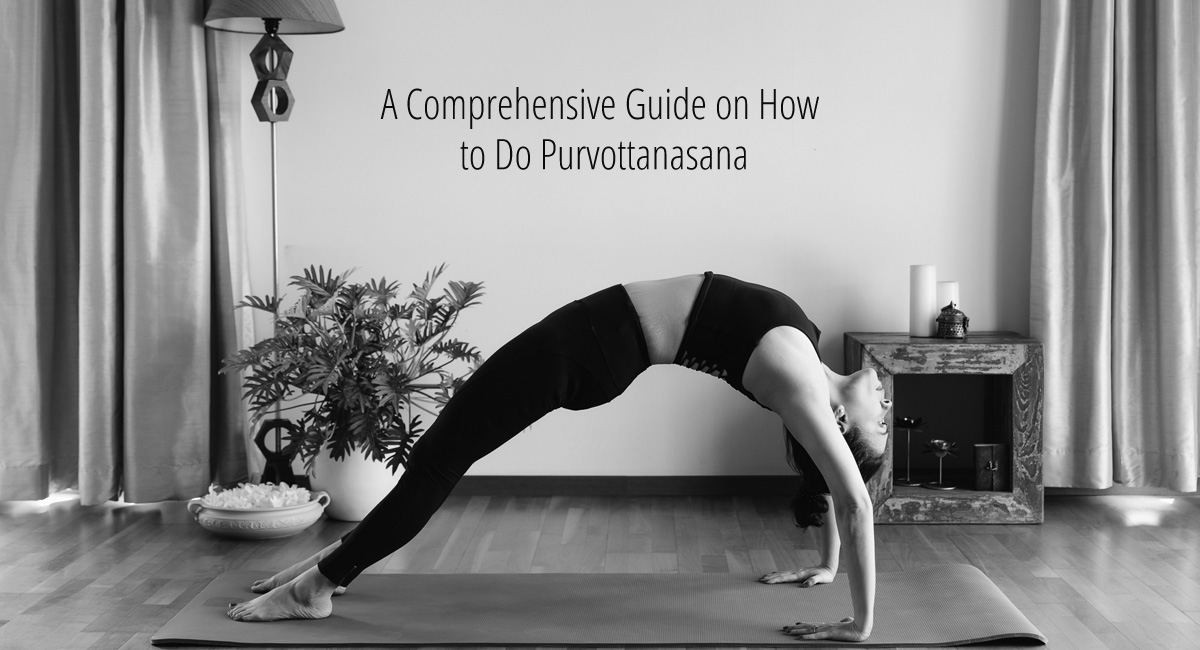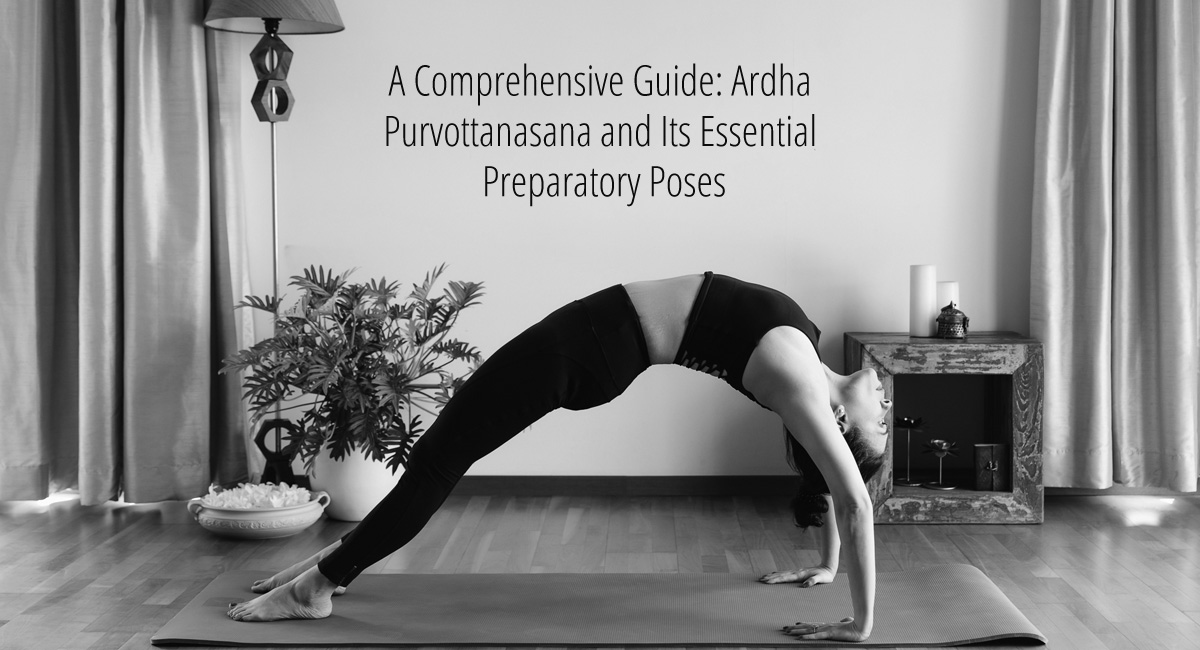
The Different Techniques and Approaches Used In Dance Movement Therapy
Table of Contents
“Movement is a medicine for creating change in a person’s physical, emotional and mental state.”
What is Dance Movement Therapy?
DMT, also known as dance therapy or movement therapy, uses movement as a form of psychotherapy to facilitate the integration of the mind, body, and emotions. DMT can improve a person’s physical health by making them stronger, and more flexible, reducing muscle tension, and improving coordination. Additionally, it can provide significant advantages for mental health, such as stress reduction and even symptom treatment for illnesses like anxiety and depression.
What Kind of Issues Can Dance Therapy Help With?
In therapy, dance therapists work with clients to make them feel better about themselves and their bodies. The concept that motion and emotion are connected underlies the many applications of dance/movement therapy. Dance therapy’s artistic expression can improve interpersonal connections and communication abilities. These include-
Physical Issues:
- Chronic pain
- Childhood obesity
- Cancer
- Arthritis
- Hypertension
- Cardiovascular disease
Mental Health Issues:
- Anxiety
- Depression
- Disordered eating
- Poor self-esteem
- Posttraumatic stress
What are the Different Techniques and Approaches Used in Dance Movement Therapy?
1. Psychoanalytic Approach
What is the Psychoanalytic Approach in Dance Movement Therapy?
Due to the mind-body disconnect used to control their basic dreads, psychotic patients present unique difficulties. Words can lose their symbolic value and be rendered meaningless or obliterated. In dance/movement therapy, the frame is changed so that attunement to bodily experience, including movement, serves as a catalyst for examining psychological experience.
Use Of Free Association And Expression Of Unconscious Feelings Through Movement
One of the techniques used in psychoanalytic treatment is free association. In this technique, a therapist invites a client to freely express whatever words, ideas, or other information that comes to mind. Coherence of thought is not required. But if they are genuine, it might be helpful.
How Your Therapist Can Help You Understand Your Emotions Through DMT?
Any emotion a dancer is experiencing, including happiness, sadness, frustration, jealousy, boredom, and fear, can be expressed creatively via their body and movements.
Ø Dancers are instructed to “let go and genuinely dance” throughout all of their classes, not just the ones leading up to performances and tests.
Ø DMT therapists take into account the emotional component of physical problems when evaluating technical deficiencies, injuries, and physical tension. In addition to biomechanical considerations, they also take into account whether there may be any emotional aspects at play in how dancers are holding their bodies.
Ø Therapists are charged with creating a secure space in the dance studio where dancers may practice being open, honest, passionate, and integrated without fear of criticism or judgment.
2. Humanistic Approach
What is the Humanistic Approach in Dance Movement Therapy?
The Mirror Game, also known as mirroring in dance/movement therapy, or simply the humanistic approach is a technique used to foster deeper empathy and understanding between a therapist and a client or members of a group by having them imitate or “mirror” each other’s emotions.
What are the Benefits of the Humanistic Approach?
The Humanistic Approach is used to strengthen the connection between two people or group members. A client and employee can communicate better by mimicking each other’s nonverbal actions. When working with people who are non-verbal and may utilize movement to express their thoughts and feelings, this technique is extremely helpful. By mimicking the client’s motions, mirroring also aids the therapist in understanding the client’s experience.
3. Cognitive-Behavioral Approach
What is Cognitive-Behavioral Approach in Dance Movement Therapy?
In Cognitive Behavioral Therapy (CBT), the connections between cognition, emotional state, behavior, and a person’s overall functioning are acknowledged and emphasized. CBT is an evidence-based therapy that keeps improving based on research showing that it is beneficial in treating psychological issues in both adults and children.
What are the Benefits of the Cognitive-Behavioral Approach?
The cognitive model of emotional reaction is the foundation of CBT. According to this approach, rather than being influenced by outside factors, our thoughts are the source of our feelings and behaviors. Contrary to its psychoanalytical forerunners, CBT is a goal- and problem-focused therapy.
Due to this, CBT places more emphasis on the present and on the here and now than it does on a thorough examination of the subject’s developmental past.
The effectiveness of cognitive-behavioral therapy is well acknowledged. CBT is used by psychologists and therapists to treat specific mental illnesses.
How Dance Movement Therapy Can Help
DMT and other creative arts therapies are exceptional in that they enable patients to communicate and advance in ways that are not achievable with conventional conversational therapy. DMT can be very useful in the following situations:
Ø Verbal communication is challenging for some people. Children, for instance, might not yet possess the linguistic skills necessary to convey the complexity of their ideas and emotions.
Ø A person goes to therapy for a condition that involves challenging feelings and experiences, including trauma. DMT offers a method of dealing with them without having to discuss them.
Conclusion
Dance isn’t limited by discrimination of any sort. While dance is a great way to exercise your complete body and let out negative emotions like anger, stress, or irritation DMT takes it a step further by equipping you with the tools you need to understand the inner workings of your mind body, and soul, and take the necessary steps to better your life.

I am a Pune based artist, Kathak dancer, Dance Movement Therapist, and an avid Yoga practitioner/ teacher. I am also the Director at the Sakal Media Group, a Trustee of Pune Blind School and Nirdhar Trust.
Being a part of Sakal Media Group, with its strong foundation of service and ethical journalism, I am deeply committed in making this world a better place by pushing boundaries, giving opportunities to others, following my convictions, helping others make better choices and to tell powerful stories that will help reshape the world we live in.





